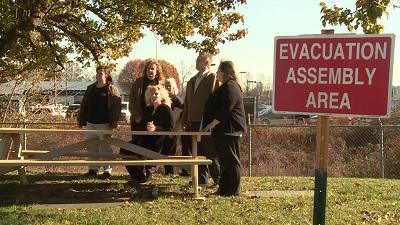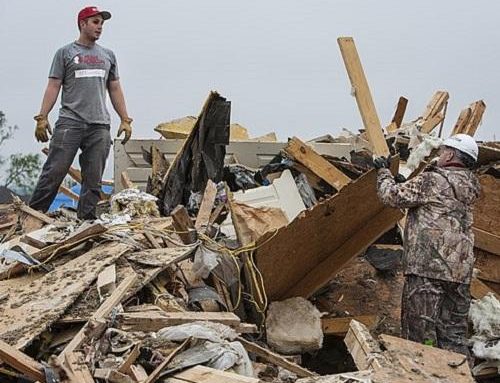Why You Should Take Evacuation Procedures Seriously
Do you know where you would go in the event of an emergency? Do you know what to do if there was a fire or some other kind of disaster? Most people don’t. Evacuation procedures are not something that many people spend time thinking about, but they should. It is essential to plan for what to do in an emergency because it could save your life.
What Type of Disasters or Emergency Situations Require Evacuation?
Disasters have a wide range of impacts on people and countries. Some disasters can be left unnoticed, while others can have a devastating effect. These disasters may be natural or artificial.
The type of disaster that impacts evacuations most results in immediate loss of life and property, such as a hurricane. In these types of emergencies, it is essential to evacuate quickly to avoid injury or death.
Some of the more common disasters or emergencies are as follows:
- Fire
- Earthquake
- Explosion/Bomb Threat
- Gas Leak
- Shooting
Under what problems should you ask for an evacuation? In an emergency, emergency officials may force you to evacuate your place of business. Sometimes, they may advise you to shut off the water, gas, as well as electricity. In other situations, a designated person within your organization has to make the call.
How Do You Evacuate A Building?
Here are a few general principles that you should keep in mind when evacuating a building:
1. Stay calm. Do not rush or panic.
2. Safely stop your work.
- Shut down equipment that could become unstable or present a hazard.
- Gather your personal belongings if it is safe to do so. Take your personal belongings such as your prescription medications, keys, purse, glasses. It may be quite some time before you are allowed back into the building.
3. Exit the building through the nearest safe stairs and proceed to the nearest exit.
- Do not use any elevator.
- Go to the nearest safe stairway.
- Help those who need special assistance, such as disabled persons, small children, and injured coworkers.
- During a suspected fire, touch closed doors before opening. If the door feels hot, do not open it and find an alternate route.
- Make sure all personnel are out of the building.
- During a suspected fire, stay low if you see or smell smoke.
- Please stay away from the building until it is safe to return.
4. Proceed to the designated emergency evacuation assembly point.
- Remain in your designated outdoor assembly point for a headcount.
- Report any missing persons and their last known locations to emergency responders.
5. Wait for instructions from emergency responders.
- Remain outside at your designated assembly area.
- Do not reenter the building until authorized to do so by an appropriate authority (police, fire department, etc.).
- Learn about your emergency exit routes now.
- Check the emergency evacuation plan posted in your building.
- Find the outside assembly area for your workgroup.
6. Read your department’s Emergency Action Plan.
- Every organization should have an Emergency Action Plan with evacuation procedures for clearing all personnel and visitors. Be sure to read this plan.
Conclusion – Be Prepared For Any Emergency With These Rules of Thumb
We have now concluded this article, and as a proactive individual, you should be prepared for any emergency. This can be from a minor injury from a fall or from being caught in the madness of an earthquake or landslide.
In conclusion, it’s essential to have these rules of thumb in mind:
- Clearing a facility under emergency conditions is a challenge. Planning and knowing what to do during an evacuation will help get you and your coworker out safely.
- Know “who is supposed to do what” in an evacuation and where you fit into the plan.
- Learn in advance at least two evacuation routes you can use from your work area.
- When an evacuation alarm rings, stay calm. Leave the area and report to your Assembly Point.
- In a fire, stay low to avoid heat and smoke. Do not open a hot door.
- If hazardous materials are involved, stay upwind and upstream from the source of contamination.
- Emergencies are always tricky to predict. However, if we prepare for them ahead of time, understand our role in an evacuation, and carry it out, we can still go home safe at the end of the day!
—
To learn more about evacuation procedures, please visit our free demonstration of our evacuation procedures training course.










